I read a story in the Chronicle about retail dining (“Tommy Bahama retail-dining sets trend“) that got me wondering about the practicality of it all. I get Wal-Mart and Target having fast food options. But in this story, we’re talking a full on restaurant run by a clothing retailer. How are they doing it? How can you make sure that food smells don’t permeate the clothing?
So I did some research.

The Tommy Bahama store being discussed was the new one that opened in Manhattan (a 13,000-sq.-ft. flagship on Fifth Avenue).
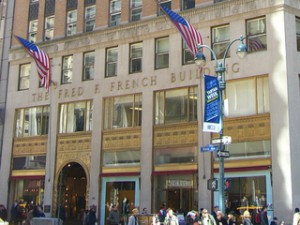
It’s the island-inspired brand’s first store in the Big Apple, and also its biggest location to date, with 5,000 sq. ft. of retail, along with a 1,300-sq.-ft. bar on the first floor, and 6,700-sq.-ft. restaurant on the second floor.
Aha! food on the second floor. That makes more sense.
According to a Chain Store Age article, the flagship Tommy Bahama store located in the landmark Fred F. French building (built in 1927). The design by Michael Neumann Architecture LLC. “emulates an environment evocative of the brand – light, airy and relaxed – bringing to life the relaxed surroundings of a resort coupled with the sophistication of Manhattan.”
I’m starting to see it.
Back to the original article I read, here are some notables:
- Tommy Bahama has become a model for other retailers because its hybrid restaurant-stores generate 2 1/2 times the sales per square foot of the apparel chain’s regular locations, Chief Executive Officer Terry Pillow said.
- The bar will have a sugarcane press for cocktails, and the menu will feature such vacation-style New York dishes as pineapple cheesecake and grouper Reubens.
- The first Island store, which opened in Naples, Fla., in 1996, generates about $2,000 per square foot, Pillow said. That’s similar to the productivity of a Coach or Lululemon Athletica store, which are industry leaders, according to RetailSails, a consulting firm.
- Tommy Bahama says the restaurants generate about 12 percent of its $452 million in annual revenue.
As for pricing, you’re looking at $18 for a grilled steak salad and $12.50 for seared scallop sliders. The cocktails are $12. For people in the market to buy $98 polos and $118 shorts, that’s probably very reasonable.
One point the CEO Terry Pillow made sure to drive home is that the food and service are in line with the brand’s messaging, and the retailer is not outsourcing the restaurant. They are overseeing it themselves.
A trend or gimmick? Only time will tell. For sure, the quality of food has to stay high or all bets are off.
Want to see some pictures? Go to their Facebook page.
###
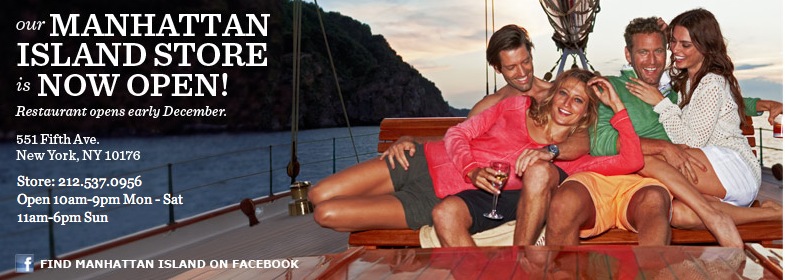
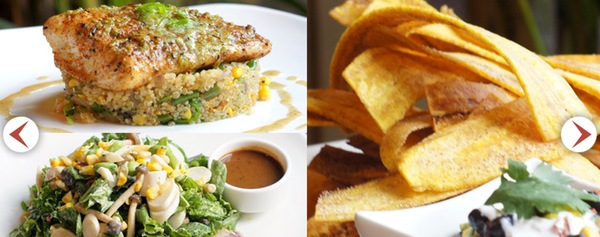




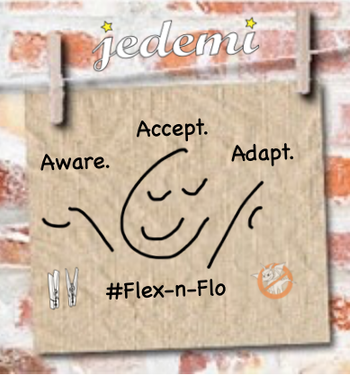

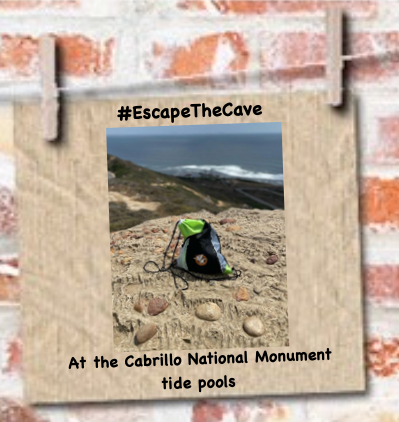






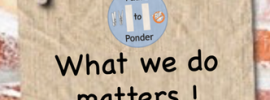
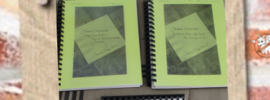

Speak Your Mind